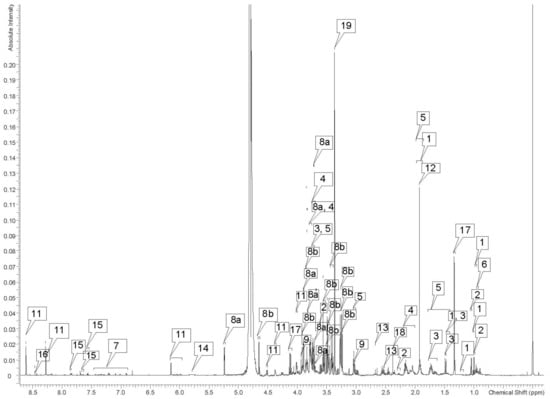2022-05-10 ジョージア大学 (UGA)
<関連情報>
- https://news.uga.edu/smoke-from-wildfires-ages-in-the-atmosphere/
- https://www.sciencedirect.com/science/article/abs/pii/S1352231021007512?via%3Dihub
バイオマス燃焼煙中の粒子状物質に対するヒト肺上皮細胞の反応性の違いについて Differential response of human lung epithelial cells to particulate matter in fresh and photochemically aged biomass-burning smoke
Khairallah Atwi,Sarah N.Wilson,Arnab Mondal,R. Clayton Edenfield,Krista M.Symosko Crow,OmarEl Hajj,Charles Perrie,Chase K.Glenn,Charles A.EasleyIV,Hitesh Handa,Rawad Saleh
Atmospheric Environment Published:31 December 2021
DOI:https://doi.org/10.1016/j.atmosenv.2021.118929
Abstract
The chemical composition of particulate matter (PM) in biomass-burning smoke evolves upon aging in the atmosphere. The effect of this evolution on the toxicity of biomass-burning PM is understudied. Here, we burned oak foliage, pine needles, and hickory twigs in an environmental chamber. We used UV radiation to initiate photochemical aging of the emissions leading to the production of secondary organic aerosol (SOA), quantified using online particle size distribution measurements, and an overall increase in the PM oxygenation and decrease in the relative abundance of aromatic and condensed aromatic structures, obtained using ultra-high-resolution electrospray ionization mass spectrometry. In vitro exposure of human lung epithelial cells to PM from hickory combustion led to the strongest reduction in metabolic activity, followed by pine and oak, which was associated with the heavy metal content of the PM from the three fuels, quantified using induction-coupled plasma mass spectrometry. Furthermore, exposure to the fresh PM led to more reduction in metabolic activity than the aged PM for all fuels, whereas the aged PM induced more cell death by apoptosis. The differential cellular response to the fresh and aged PM indicates that the increase in oxygenation and decrease in aromaticity associated with photochemical aging alters the toxicity mechanisms exhibited by the PM, with a possible role of decreasing the heavy metal content (gram-metals per gram-PM) due to SOA formation. Together, these findings highlight the complex effect of photochemical aging on biomass-burning PM toxicity and motivate further studies to elucidate the underlying differences in toxicity mechanisms between fresh and aged PM.



